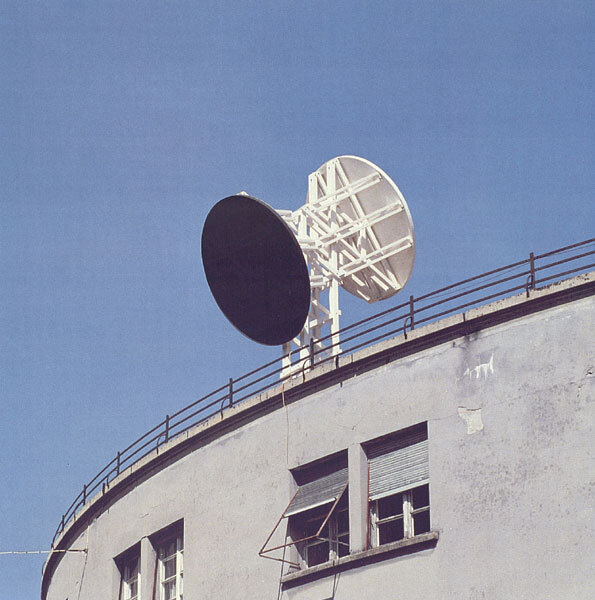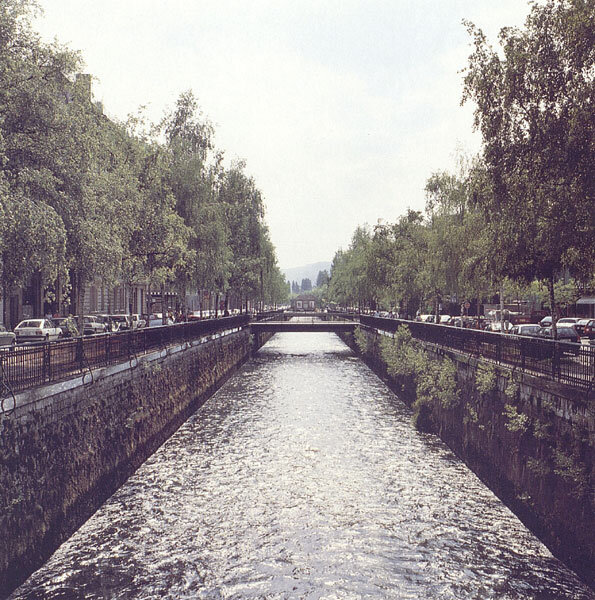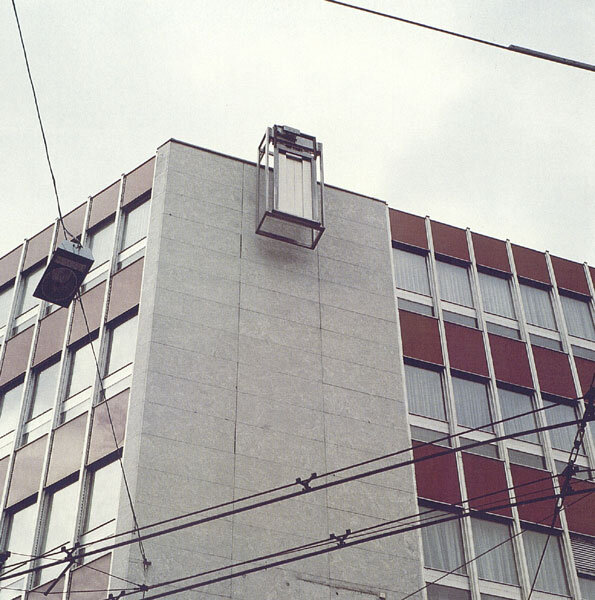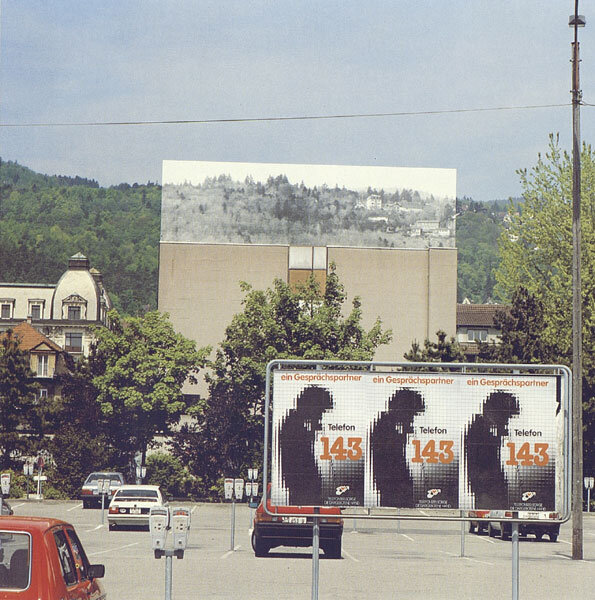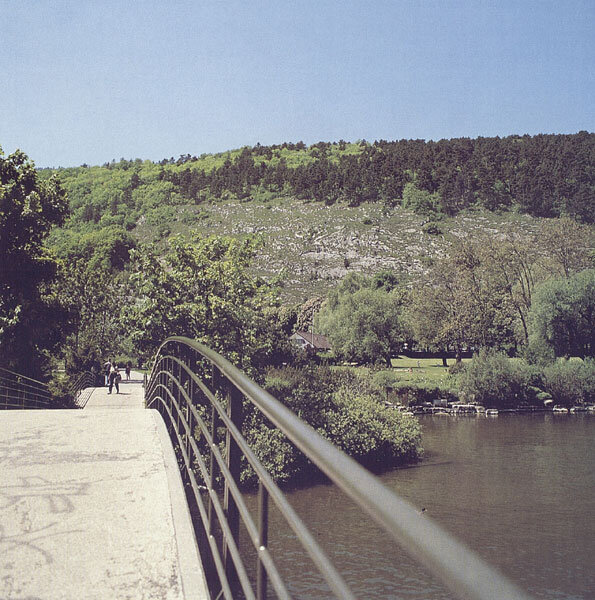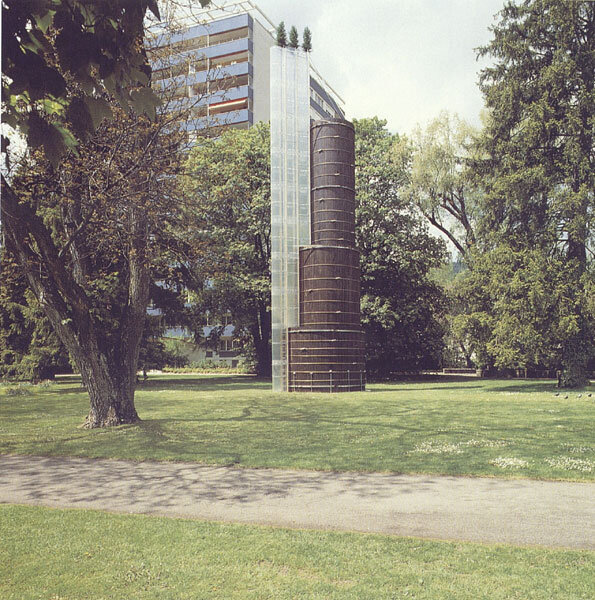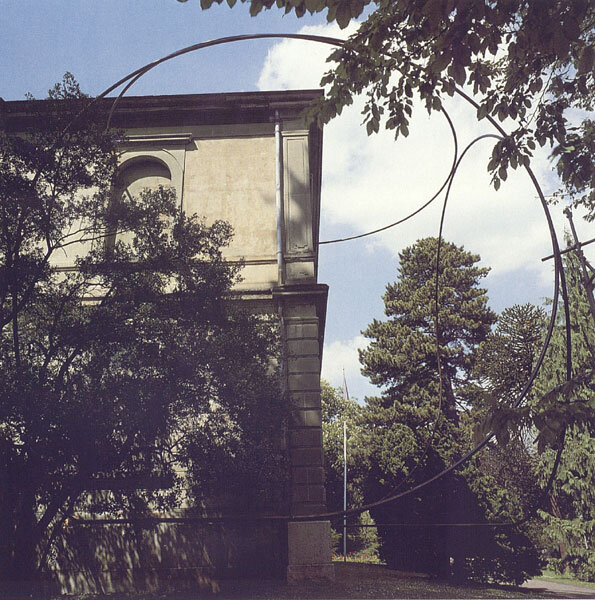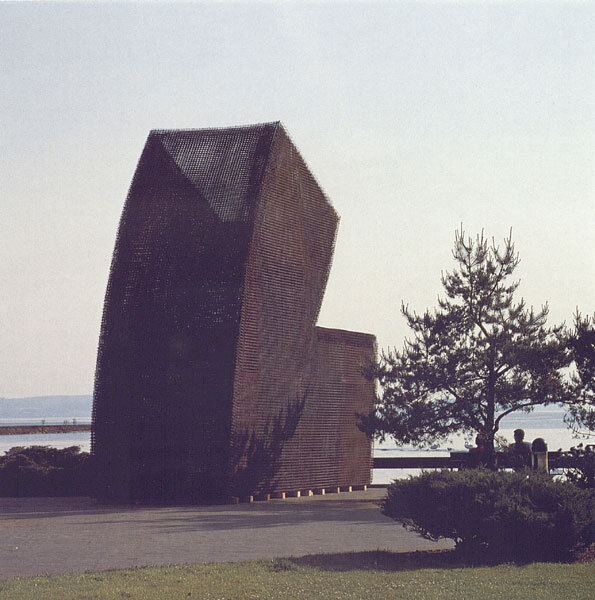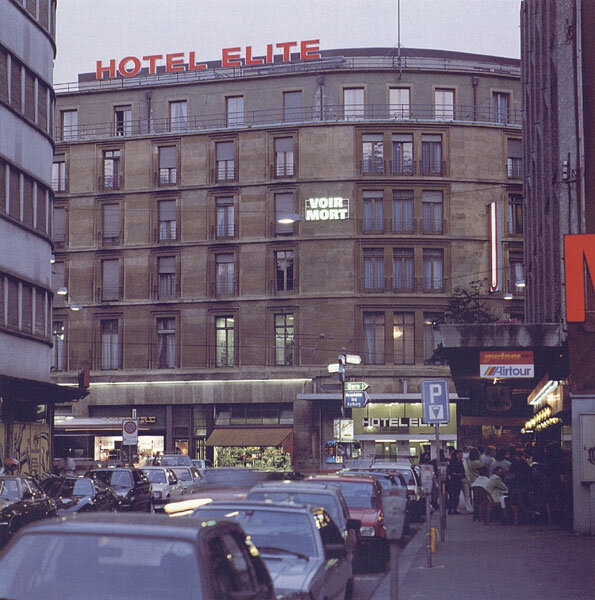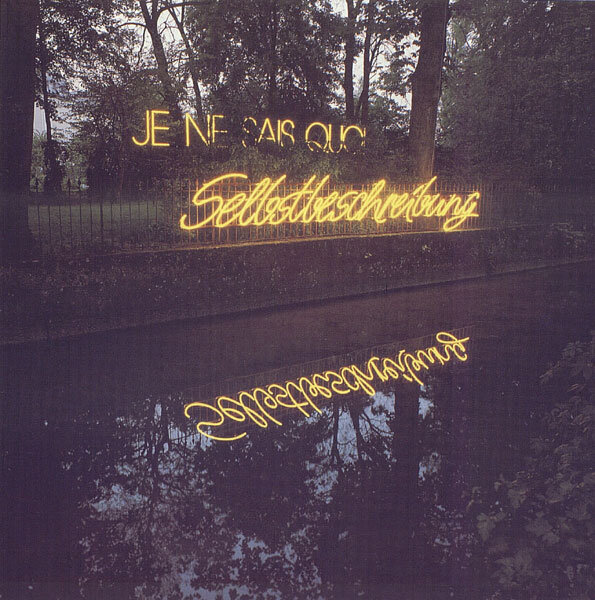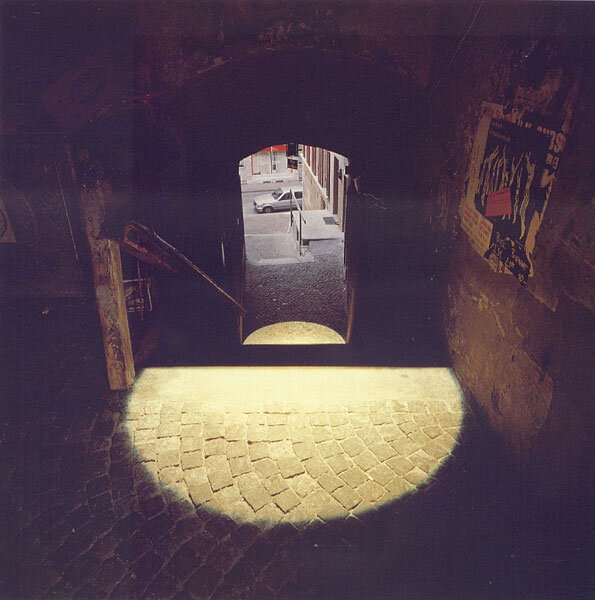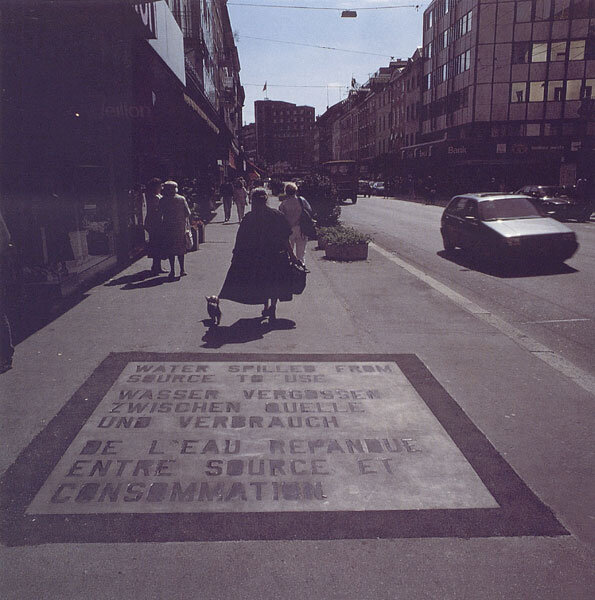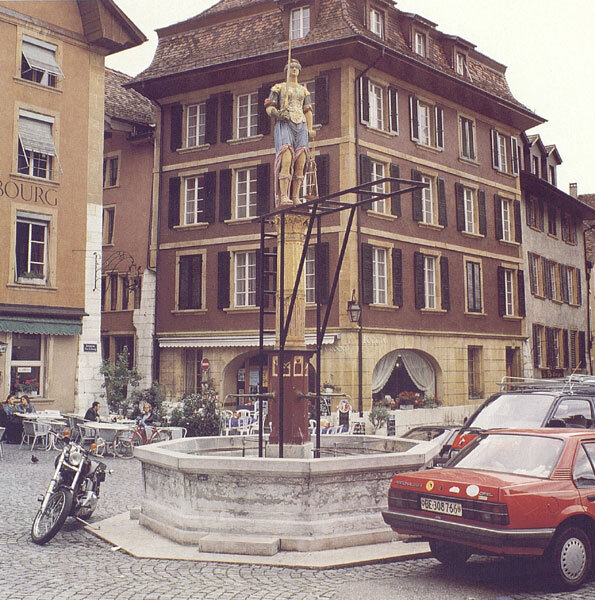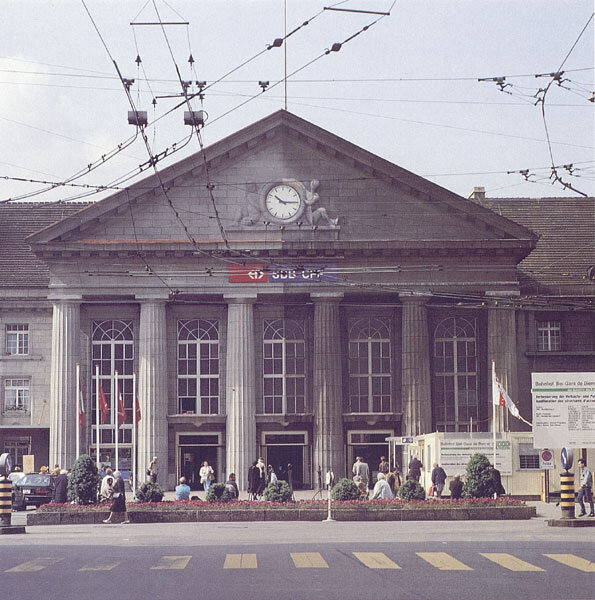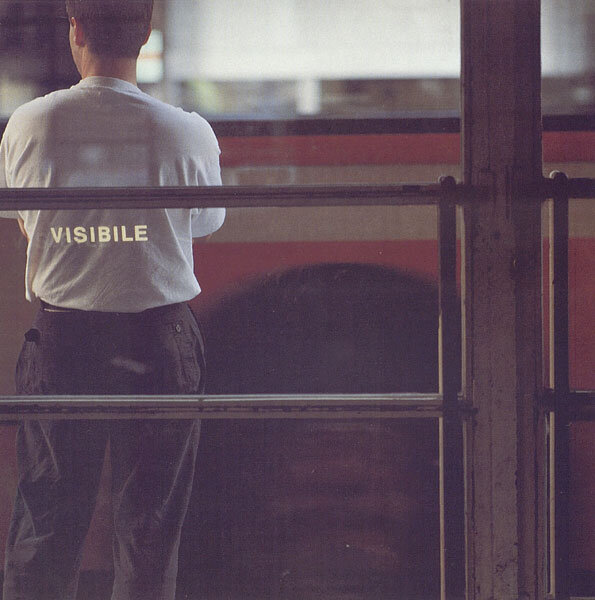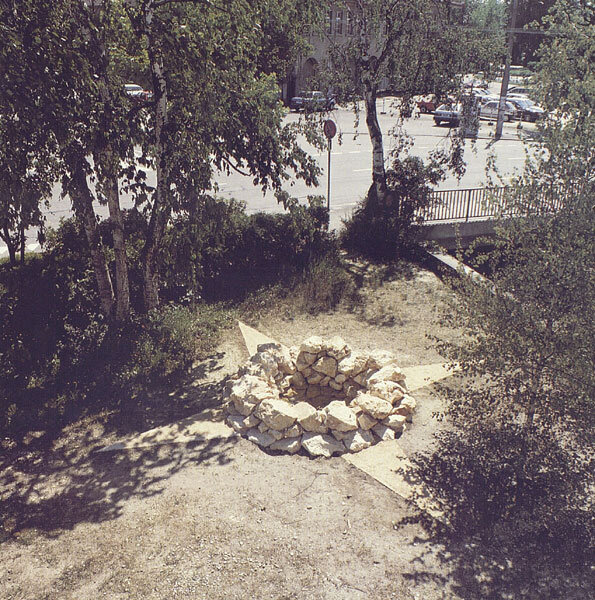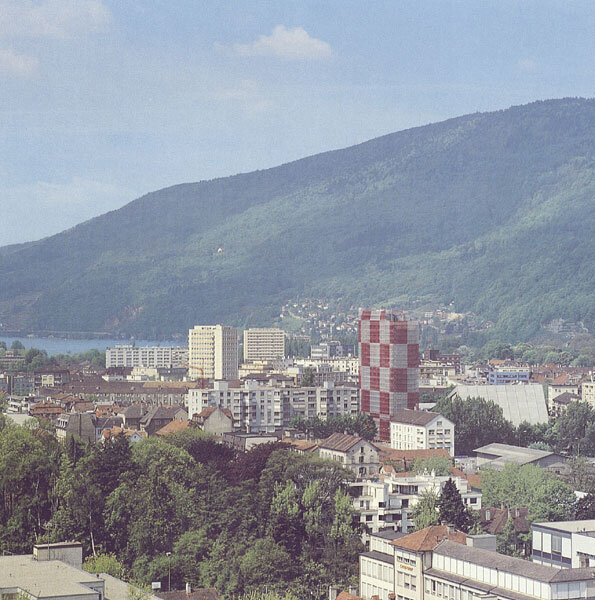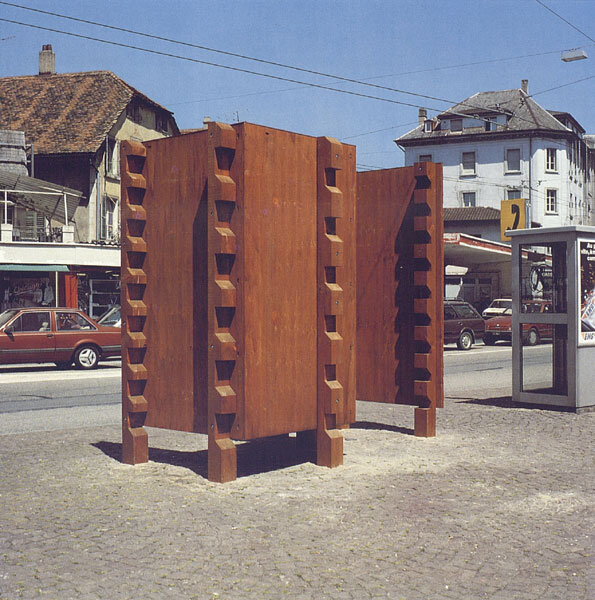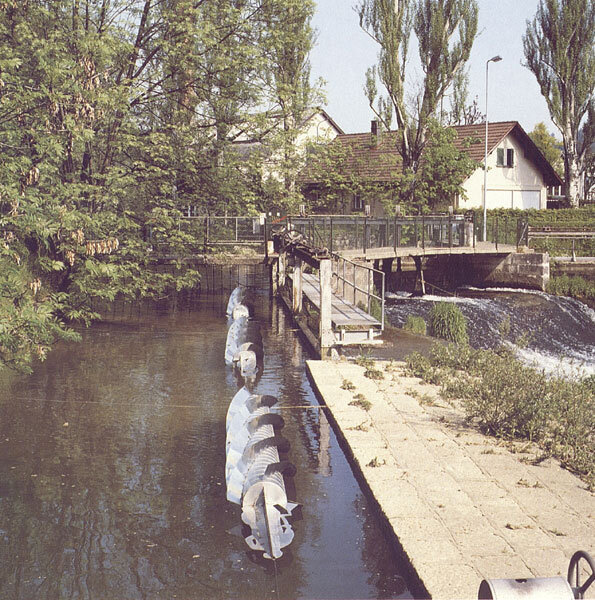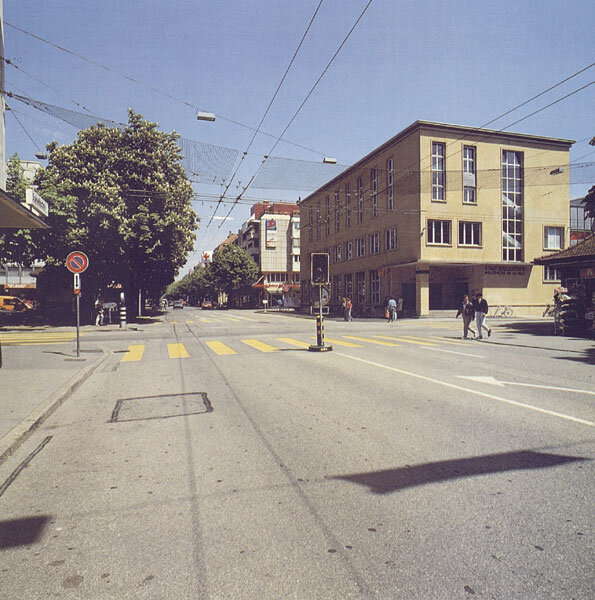TABULA RASA
Hervé Gauville
In Search of the Lost Monument
The carriage is moving swiftly. The Marquise of Villeparisis momentarily says nothing. «All of a sudden I was filled with a profound happiness that I had not often experienced since Combray.» Above all, the narrator recognizes a familiar emotion and at the moment of his discovery understands immediately that he is about to experience another moment of bliss. This anterior emotion, guarantor and model of the one he is destined to embrace, she had transported it in another car, «in the cariole of the Doctor Percepied, from where I had seen the steeples of Martinville painted onto the sunset». Proust conveys the impression before he indicates what has provoked it. The spectacle matters less than the effect it has on the observer. Whereupon appears the contingent, and even replaceable, character of the object that triggers the emotion. This is a warning through which, according to a faraway etymology, the term monument defines itself.
Each time an object wakes a long-buried trouble, one may be sure that one is dealing with a monument, provided by monument one understands not only a large construction, building, or sculpture destined to commemorate a person or an event. For the function of a monument is precisely that, to pull the passer-by from the lethargy of the present in order to project him towards a meeting with a memory. One could write volumes about the nature of that remembrance, but let’s not get ahead of ourselves or of the carriage of Mme de Villeparisis, for that matter.
«I happened to see, set back from the road and over the back of the donkey that we were following, three trees that appeared to mark the beginning of a covered lane and formed a design that I had seen before.» You might say that a tree does not constitute a monument. You would be wrong. Without evoking the squared off and sculpted trunk of the totem, we shall simply insist that these treesformed a design. It is not the singular beauty of these trees that manifests itself to the attention of our ambling narrator; anyway, the latter, on pages otherwise so meticulous and full of detail, hardly bothers to specify whether they are elms, pines, or birches.Three trees that should serve as an entrance, the vagueness of the description is inversely proportional to the astuteness of the reflections that follow.
We readers, twice alerted, are ready to savor once again the taste of the madeleine. But no. The trees may well be extending their branches towards Marcel’s desire, but nothing happens, nothing comes to pass. A blank epiphany. The monument has fallen victim to a failure. Its function as a rouser of conscience is in check. Despite his best efforts, the scrutinizer fails to recover the escaped memory, fails to recapture time past. Time lost. The net of recollection holds nothing, not the image of Combray, nor the reminiscence of that «German countryside where I had gone one year with my grandmother to drink the waters». How is that possible? How can the monument fail to play its most important role?
«Exegi monumentum ære perennius», Horace dixit. More durable than bronze, sure, but what end serves this inflexibility enamored of eternity if the monument turns into a dead letter, if it is no longer even a monument to the dead but, more abruptly, a dead monument? The Proustian text says that the headstones or sculptures, erected ordrawn, are dead branches in the foliage of memory if he who approaches them fails to recognize them. He also says that there is no other method to direct oneself toward the past than to advance to the future, to the next crossroads that will rub out the three trees and with them «an entire part of yourself that we brought you». For even if Mme de Villeparisis had somehow given her coachman the order to stop, the trees would still have fallen back «to the end of that path», abandoning their solicitor to the vanity of his efforts. This trait is worth pointing out inasmuch as it shows that the access to the signification of the monument is tributary to what Lacan calls anticipated certitude.
In the course of a parlor game he recounts how three prisoners resolve the problem that poses itself intaking a step forward. The only means to verify the hypothesis consists in advancing towards what is not yet either true, or certain, or even known. Their wager leads them to seek the truth quickly. In his car, Proust hastens towards a revelation, which, in extremis, i.e. at the first bifurcation, escapes him. And soon the carriage «carried me away from what alone I believed to be true, from what would have made me truly happy, it resembled my life.»True, truly, the repetition is symptomatic of thetruthful wager.
« And why this need for mockery that nothing satisfies? Why this alliance that we sometimes form with the perishable here-and-now by opening it to the road for the sorrow of departure and for the joy, as well, of returning?» asks Yves Bonnefoy when he evokesThe Backcountry. The territories of the past stir up similar questions especially when one gets down to «seeing double in time as one sometimes sees double in space». In all the cases of figure and whatever silhouette adopted by the effigy, the inventor of memories, this solitary commemorator, is not at leisure to remain arms dangling. At his risk and peril, and without prejudging the result, he has to grip his pilgrim’s staff and sets out for the «joy of the return». At bottom, there is little difference between a monument, chosen or imposed, and a simple signboard. All the work has to be accomplished by the one who advances towards the deciphering. «I recognized the kind of pleasure that requires, it is true, a certain effort of thought upon itself, but by comparison the pleasures of heedlessness, which makes you renounce it, seem quite mediocre.»
Needed still – and it is not the least of conditions – is that the monument, this trigger of sense, be favorable to this deciphering. Who remembers Ptolemy V Epiphany and, a fortiori, Bouchard, the French military engineer? The former is the author of the decree inscribed on the Rosetta stone that the latter discovered. But it was Champollion who, by decrypting the bilingual text in three scripts (hieroglyphics, demotic and greek) made the stone famous. Here is an example of an engraving turned monument through the use that was made of it. And it befits the context to remind us that the French Egyptologist arrived after Thomas Young and knew enough to go a little further than he had.
The more distant and profoundly buried the past the farther beyond the speculations of its time it gets carried by the archeological monument. And despite the often publicized intention to link up again with a collective past, the monument, much like the trees by the side of the road in Balbec or the Rosetta stone, is incapable of delivering its message to more than a single individual (be that one after another), who is free to divulge its content. Likewise if the community finds itself at the origin of the erection of the monument, it should eventually congregate around that emblem of social stocktaking, even sometimes quite long after. Between these two gestures take their place, on the space side a headstone, a statue,… a tree and, on the time side, «a certain effort of thought upon itself». Also, do not forget that the two communities are not interchangeable, despite their desire to share the same identity matrix. The second one is in charge of celebrating – one might as well say fabricating – with the monument as intermediary, the first. But that is an epiphenomenon of the monumental homage, not its base.
Why then? Yes, why this need for tailors, why this missed assignation on a small road along the coast? Why these anniversaries of forgetting, these celebrations without witness, patched together from rumors, legends, embryonic tales, aborted loves and a relentless Parousia relentlessly postponed? The moment has come when even Mme de Villeparisis is surprised at the silence of her companion and asks him why he appears so dreamy. The trees have disappeared for good, «I was sad as though I had just lost a friend, had just died myself, had just sworn off a dead man or failed to recognize a God.» This evidently concerns an occurrence quite a bit more serious than a bout of amnesia, a distraction of the traveler.
Little do we realize, but we pass near an ordinary illumination almost every hour of our life. Every road leads to Damascus when the sun moves apart the foliage of the treetops and plunges on a face like a double-edged sword cleaves a tunic. If you bump into the pain of the silent trunks today you will stumble tomorrow – and with such fervor! – on the flagstones of Saint-Marcus square. There is no genius loci without a finger to reveal it to himself. And to other people.
Now the two horses of the marquise have slowed to a trot. «We should think of turning back.» Whip, coachman!
Hervé Gauville
Translation French – English © Dieter Kuhn
